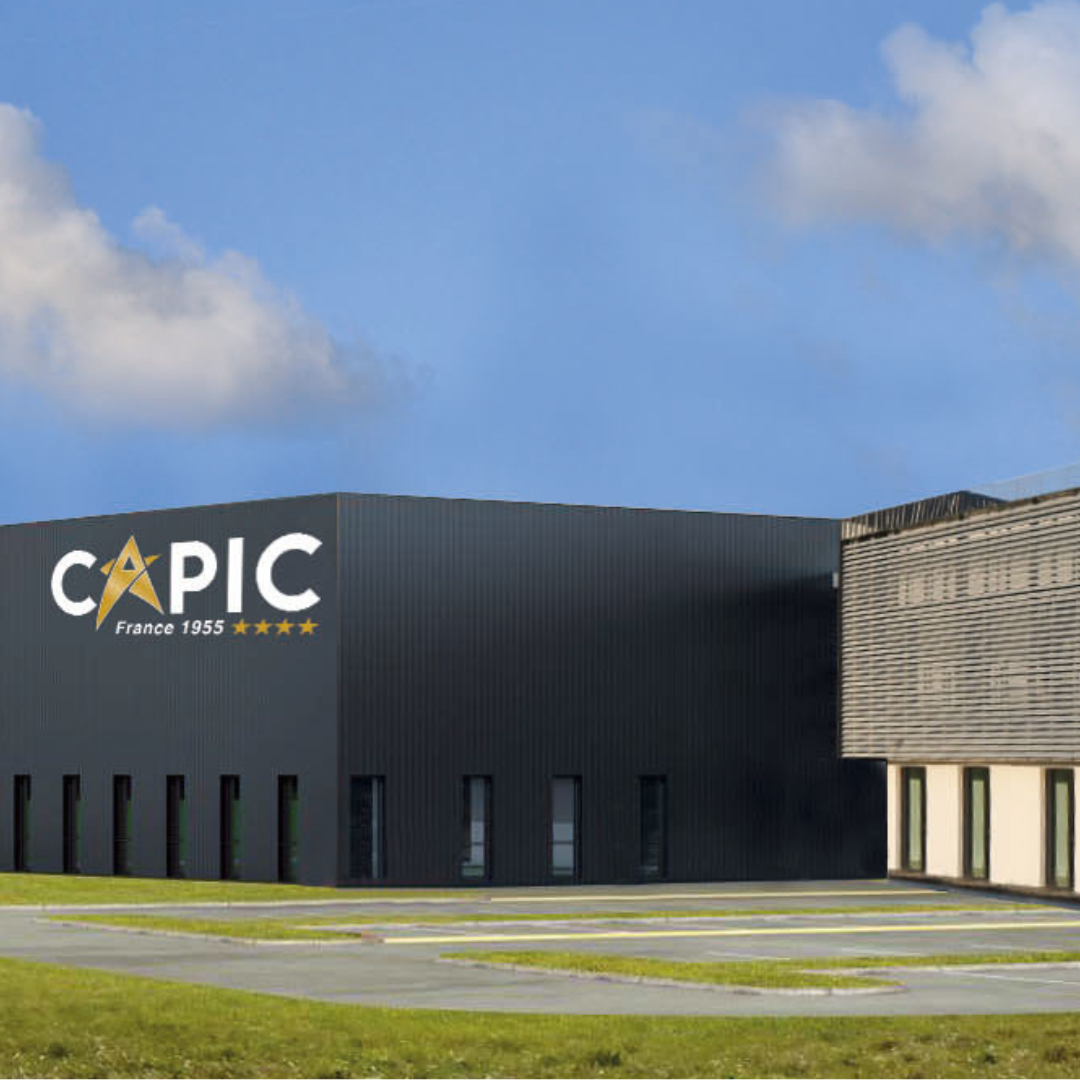
Made in France
Passion and attention to detail
Capic honors its values and the expertise of the men and women who work like artists with stainless steel, the core material of the brand’s identity. Manufacturing an oven, or any other piece of large kitchen equipment, involves many different stages. At each stage, our team’s passion and meticulous attention to detail infuse this artisanal craftsmanship, making your Capic equipment truly unique.
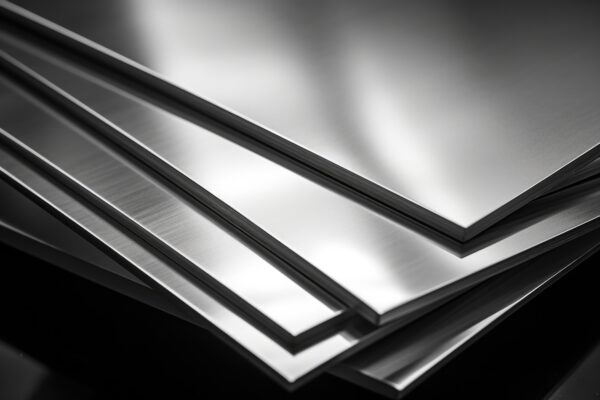
1. Choosing stainless steel
Our customers want high-quality equipment. We ensure this from the moment we choose our trusted raw material supplier.
The choice of inox 304L and 316L, compliant with European standards, is crucial to ensure resistance to corrosion, especially against detergents and salt. The material thickness directly affects resistance to mechanical and thermal deformations over time. Finally, our suppliers guarantee the flatness of the sheet and prioritize inox recycling, while using renewable energy to minimize environmental impact.
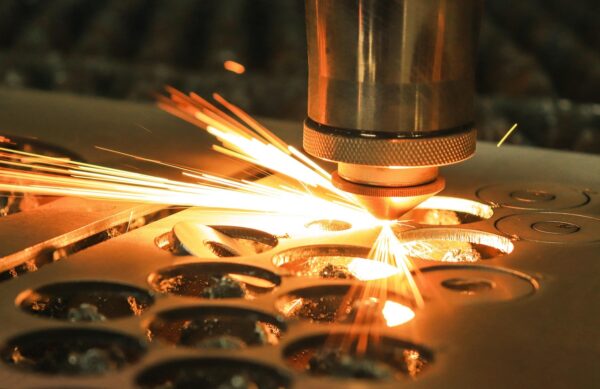
2. Cutting
The components required for manufacturing are cut from stainless steel sheets with extreme precision of 0.5 mm using an AI-assisted laser machine. This technology also optimizes material usage. Our latest-generation lasers, easily programmable, help reduce both lead times and production costs.
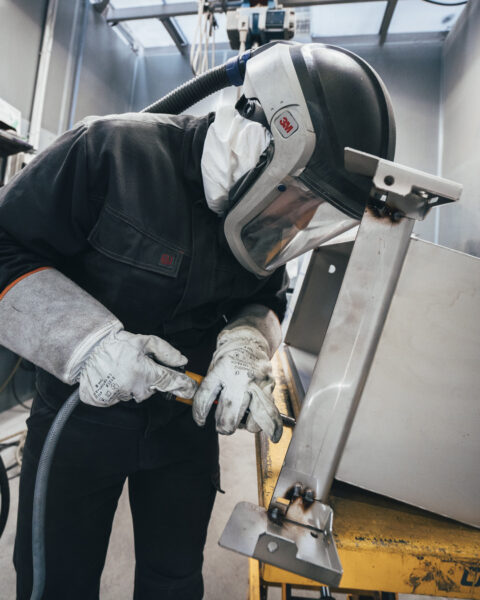
3. Deburring
A key step in our manufacturing process, deburring is performed by hand by our skilled artisans. This expertise ensures safety, easy maintenance, and durability.
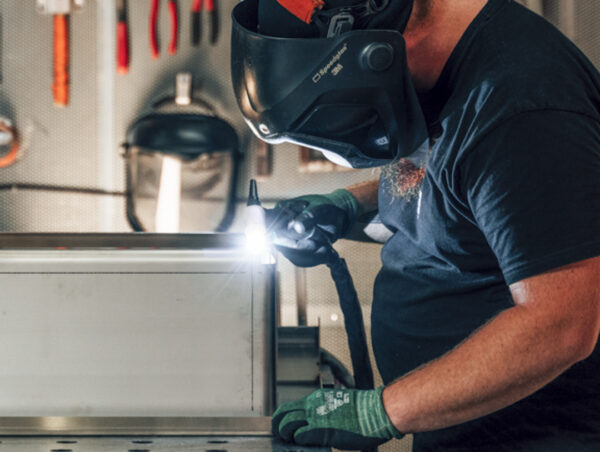
4. Welding
Welding is a crucial stage in the process, guaranteeing the appliance be watertight and of durable quality. Perfect welding depends not only on the quality of the stainless steel used, but also on the precision and efficiency of the welder’s touch.
Capic’s innovation also means investing in welding robots. These machines handle large production runs, ensuring exceptional weld consistency and repeatability.
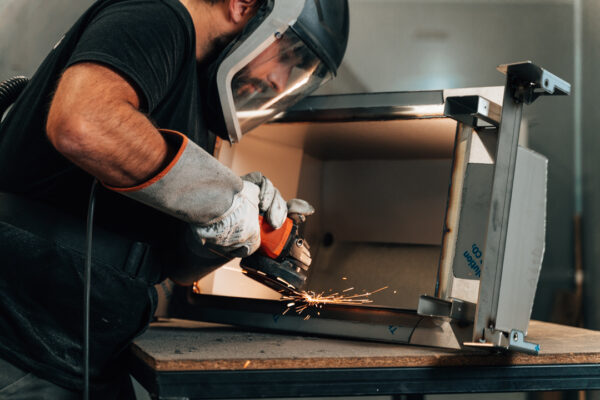
5. Polishing
Polishing plays a crucial role in eliminating weld seams. It provides aesthetic, hygienic, and ergonomic benefits. This technique makes angles invisible, rounds off edges and joints, thus eliminating any space that could foster bacterial growth. In the case of imperfections or scratches, the surface is abrasive-treated to ensure a flawless finish and preserved aesthetics.
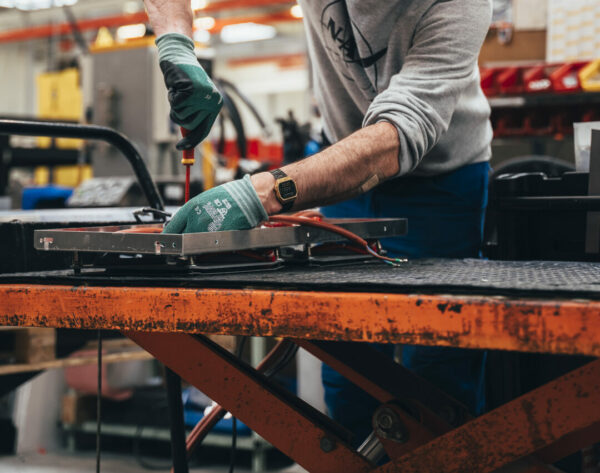
6. Assembly
The final assembly is carried out by specialized operators trained in fluid handling, as well as electrical and electrotechnical wiring. This process is done manually, with each piece being made to order. The pride in a job well done is priceless.





